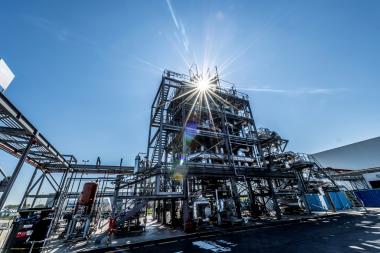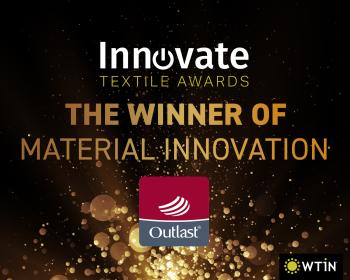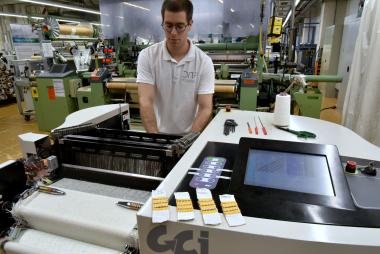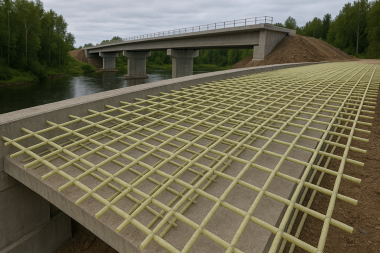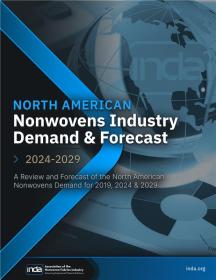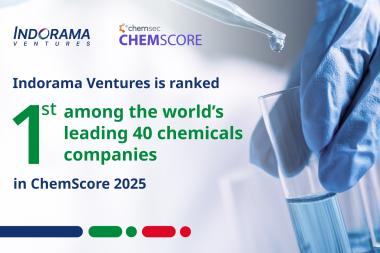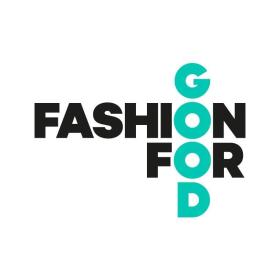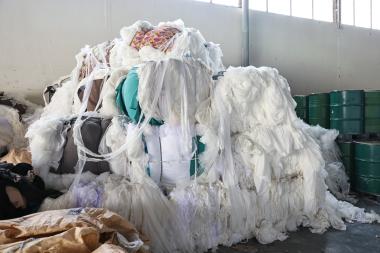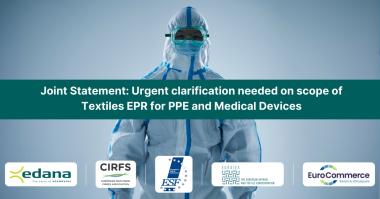Borealis Partners with BlueAlp to Advance Chemical Recycling
- Borealis has entered a strategic partnership with BlueAlp, a chemical recycling technology leader based in Eindhoven, the Netherlands
- Under the agreement, Borealis will transfer its majority stake in Renasci to BlueAlp, and acquire a direct 10% stake in BlueAlp to support its future growth and scale-up
- The strategic move reflects Borealis’ evolving engagement in the chemical recycling value chain
- Operating chemical recycling assets is for BlueAlp a logical next step that accelerates technology innovation and strengthens the licensing proposition
December 16, 2025, Borealis announced a strategic partnership with BlueAlp, a leading chemical recycling technology company headquartered in Eindhoven, the Netherlands. The partnership will see Borealis transfer its majority share in Renasci, a chemical recycling company based in Ostend, Belgium, to BlueAlp, while acquiring a 10% share in BlueAlp to support its future growth and scale-up.
Renasci licensed BlueAlp’s technology to create a 20 kt p.a. scale-up plant, which BlueAlp engineered, constructed, and has supported throughout its operation in recent years. Moving from supporting operations to directly operating the asset is a logical next step in BlueAlp’s growth. This will accelerate technology innovation, establish a robust platform for producing high-quality circular feedstock, and further strengthen BlueAlp’s licensing proposition.
Since entering into Renasci, Borealis has led the development to become one of the few operating chemical recycling plants in Europe. Following the agreement, BlueAlp will lead the next phase of development and further advancement of Renasci, while Borealis continues to develop customer solutions based on chemically-recycled feedstock.“Borealis’ direct support comes at a pivotal moment in the chemical recycling industry, where rapid expansion of capacity is needed to achieve recycled content targets. Their market experience and materials expertise will support our growth and position us well to turn more plastic waste into high-quality circular feedstock,” says Valentijn de Neve, BlueAlp CEO.
This collaboration helps Borealis and BlueAlp’s customers and partners across the value chain to prepare for the EU’s upcoming Packaging and Packaging Waste Regulation (PPWR) in 2030, which is expected to increase demand for recycled materials suitable for contact-sensitive applications like food and cosmetics packaging, such as those based on chemically recycled feedstock.
”The deepening of the partnership with BlueAlp, combining assets and technology, will accelerate progress in chemical recycling for the industry,” says Stefan Doboczky, Borealis CEO. “It will allow Borealis to accelerate serving our customer base with an ever-broadening range of polymers based on chemically recycled feedstock. This transaction is fully in line with Borealis We4Customers Strategy, helping customers to deliver on their sustainability ambitions, whilst strengthening the innovation and operational focus of the group.”
The financial details of the transaction are not being disclosed.
Borealis Group


